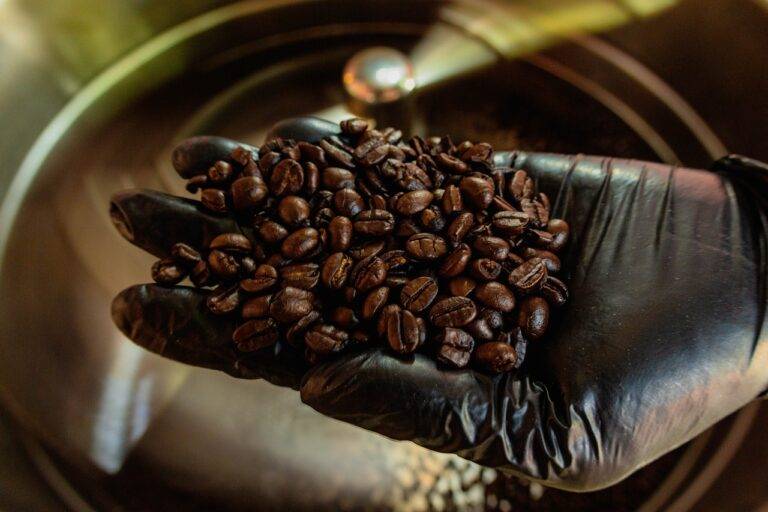The Evolution of Food Packaging: From Single-Use Plastics to Reusable Solutions.
Single-use plastics in food packaging have become a significant contributor to environmental degradation globally. The convenience and affordability of these materials have led to a surge in their usage, resulting in a large volume of plastic waste that ends up polluting landfills, oceans, and natural habitats. The slow decomposition process of plastics further exacerbates the problem, as they persist in the environment for hundreds of years, releasing harmful toxins and microplastics along the way.
The production of single-use plastics for food packaging also contributes to carbon emissions and energy consumption. The extraction, refining, and manufacturing processes required to produce these plastics utilize fossil fuels and resources, leading to greenhouse gas emissions and depletion of non-renewable materials. Additionally, the transportation of these materials further increases their carbon footprint, as they are often shipped long distances before reaching the consumer.
The Rise of Sustainable Alternatives in Food Packaging
The growing awareness of the environmental impact of single-use plastics in food packaging has prompted a shift towards sustainable alternatives. Businesses are increasingly turning to eco-friendly options such as compostable packaging made from plant-based materials like cornstarch or sugarcane. These materials not only reduce plastic waste but also break down easily, minimizing harm to the environment.
In addition to compostable packaging, recyclable and biodegradable options are also gaining popularity in the food industry. Recyclable packaging made from materials like paper or cardboard can be easily processed and reused, reducing the amount of waste that ends up in landfills. Biodegradable packaging, on the other hand, is designed to break down naturally over time, further decreasing the environmental impact of food packaging.
What is the environmental impact of single-use plastics in food packaging?
Single-use plastics in food packaging contribute to pollution, marine litter, and harm to wildlife. They also create a significant amount of greenhouse gas emissions during production and disposal.
What are some sustainable alternatives to single-use plastics in food packaging?
Sustainable alternatives to single-use plastics in food packaging include biodegradable materials, such as compostable plastics and plant-based packaging, as well as reusable containers and packaging made from recycled materials.
How can businesses and consumers contribute to the rise of sustainable alternatives in food packaging?
Businesses can switch to sustainable packaging options, such as using biodegradable materials and reducing unnecessary packaging. Consumers can support businesses that prioritize sustainable packaging and choose products with minimal or recyclable packaging.
Are sustainable alternatives in food packaging cost-effective?
While sustainable alternatives in food packaging may have a higher initial cost, they can lead to long-term savings by reducing waste disposal fees and improving brand reputation. Additionally, as demand for sustainable packaging increases, prices are likely to become more competitive.
What role does government regulation play in promoting sustainable alternatives in food packaging?
Government regulations can incentivize businesses to adopt sustainable packaging practices through policies such as taxes on single-use plastics, mandates for recyclable packaging, and subsidies for eco-friendly alternatives.





